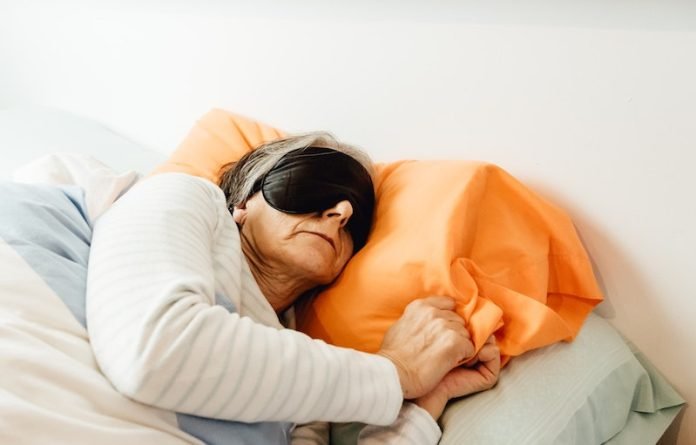
In a study from Denmark Technical University and Stanford University, scientists develop one of the first sleep screening methods using wearables to predict, and detect Parkinson’s disease.
Isolated rapid-eye-movement sleep behavior disorder causes abnormal twitches during sleep and episodes of dream enactment including body movement, emotional expression, or audible verbalizations.
This disorder is often an early symptom of brain disorders that could affect middle-aged and older adults more than a decade later.
However, accurate screening methods are currently not available to track this condition.
In the study, the team developed a new first screening method during sleep to detect early manifestations of Parkinson’s disease.
They used a non-invasive, low-cost, remote, and scalable technology already embedded in most wearable sleep and fitness trackers known as accelerometers.
Accelerometers can monitor movement and rest, and thus inform us about sleep and activity patterns with high accuracy.
In the study, more than 80 study participants wore the wearable device on their wrist for at least 14 nights and completed both a questionnaire and a sleep diary reporting any abnormal behaviors during sleep.
The researchers analyzed home actigraphy data to determine the participants’ movement during sleep.
Using data from the wearables, the researchers developed a framework for the classification of movements and tested the approach in a machine-learning model.
Likewise, they also developed an approach from the questionnaire data to test on a machine learning model.
Once both actigraphy and questionnaire models were developed, the researchers created a two-dimensional prediction model for isolated rapid-eye-movement sleep behavior disorder.
They found the new method could detect isolated rapid-eye-movement sleep behavior disorders with 92.9 percent accuracy.
By comparison, all questionnaires combined achieved 91.7 percent accuracy, exceeding the performance of the Innsbruck RBD Inventory questionnaire alone (86.9 percent accuracy).
The team says this new screening method could diagnose a very common subtype of Parkinson’s disease years before the conventional methods of diagnosis, which require a clinical examination by an experienced neurologist.
If you care about Parkinson’s disease, please read studies about a better way to treat Parkinson’s disease, and Vitamin E may help prevent Parkinson’s disease.
For more information about brain health, please see recent studies that Parkinson’s disease is on your skin, and results showing flavonoid-rich foods could improve survival in Parkinson’s.
The study was conducted by Andreas Brink‐Kjaer et al and published in the journal Movement Disorders.
Copyright © 2023 Knowridge Science Report. All rights reserved.



